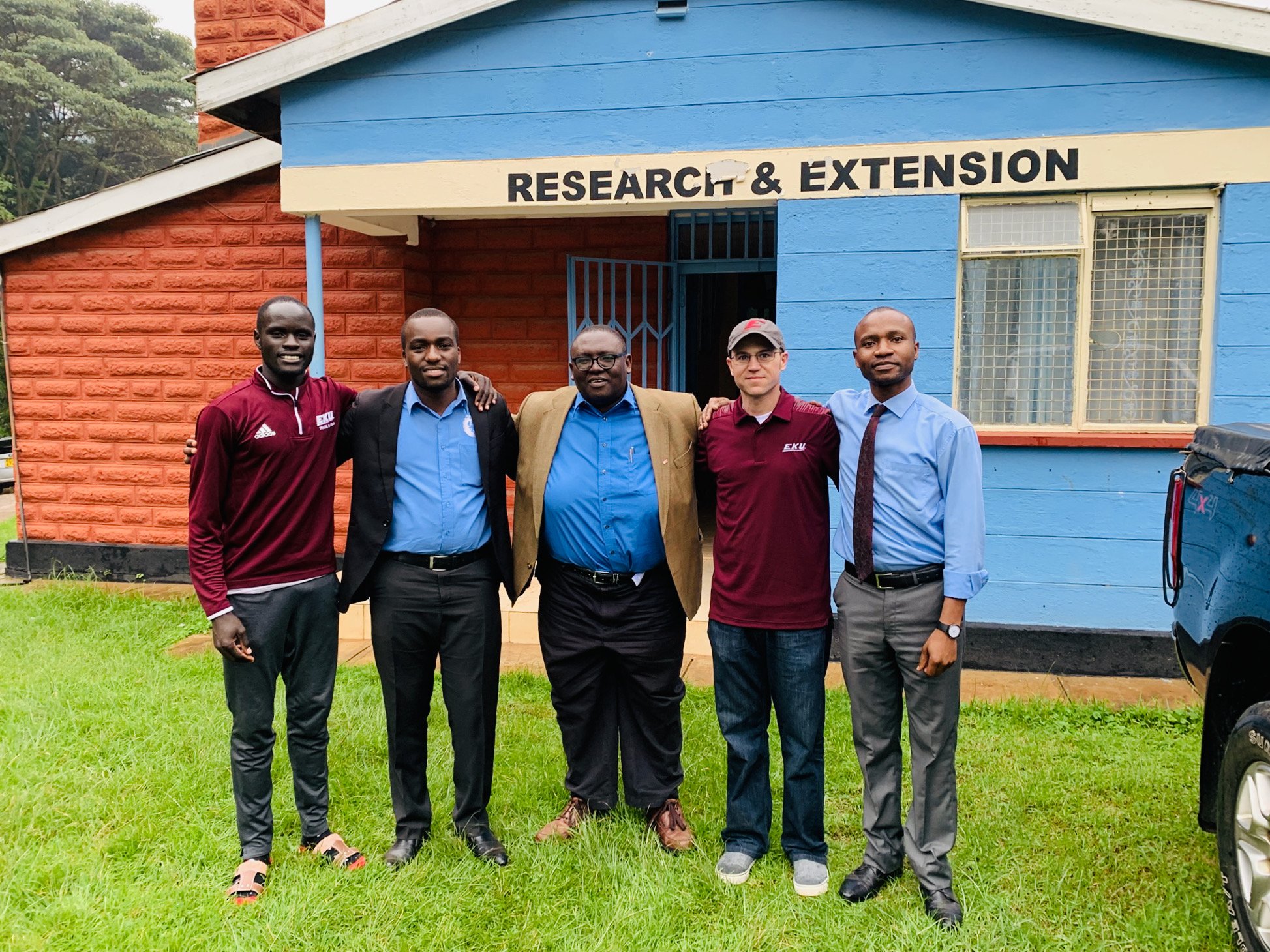
SOCIAL MARKETING AND ENTREPRENEURSHIP CERTIFICATE
Module 1: Perceptions About Spending
Many in the developed world assume that the poor struggle on minimal earnings, living on charity with virtually no consumer power. This is false.(1) It is true that the three billion individuals that make up the base of the economic pyramid (BoP) live on less than US$2.50 per day.(2) But even with this low level of income, the poor still have enough funds to make spending decisions, to make purchases, to be entertained, and even to fall victim to spending vices.
Consequently, interventions by global health organizations need not solely focus on donating products to locals under the guise that they are unable to afford any purchase. Too many well-intentioned and well-implemented interventions fail simply because of their reliance on foreign workers and money, both of which disappear at the end of the project or when funding runs dry. Instead, by selling products at affordable rates, the value of interventions can be determined—if the product has value, it will be bought. Furthermore, this process creates a local market, meaning that it can become not only sustainable, but also that the distribution of resources can be fair.
A Case Study: KickStart and Its Pumps
The number one need for the poor is a way to make more money. Eighty % of poor sub-Saharan Africans are small-scale, subsistence farmers, (3) making them a priority area of the BoP to target with interventions. Part of the reason why these villagers are poor is because of inefficient, outdated agricultural practices. Most notably, only four % of farming land in Sub-Saharan Africa is irrigated, and in Ghana, Malawi, and Mozambique, less than two % of food production occurs on irrigated land.(4) These levels of irrigation are orders of magnitude lower than in other nations, even when compared to those at similar developing stages. (5) Irrigation increases farm yields by 100 to 300 % by allowing crops to grow year-round,(6) which would help lift countless farmers out of poverty and into commercial agriculture.(7)
The nonprofit organization Kickstart has developed a pump that can take up water, pressurize it, and distribute it to two acres of land. The pumps are designed to be simple to transport and install, and to be affordable at around 35 to 95 dollars. Since it is pressurized, the water can be directed to where it is needed, ensuring that it is cost-efficient.
Rather than donating this technology, Kickstart sells its pumps to villagers for three main reasons. First, selling pumps is actually cheaper than donating because it allows Kickstart to partner with a wholesaler. The wholesaler purchases pumps at a price that gives Kickstart a profit of US$7 per pump. Moreover, the wholesaler also assumes the distribution costs for the pumps, and uses a more reliable private supply chain. This partnership allows Kickstart to distribute almost 13 % more pumps into the field. (8) Second, by selling Kickstart pumps, there are shops in every major city, town, and village, which can not only help create local employment, but which also acts as a service point where replacement parts can be sold. This greatly extends the lifetime of each pump.(9) Third and most important, by selling pumps, Kickstart attracts a far greater proportion of entrepreneurs. Eighty % of purchased pumps are used in businesses, compared to a mere thirty % of donated pumps. Presumably, when villagers purchase pumps, it self-selects those who are planning to use the pump. The purchasers are also willing to make a sound financial investment for long-term, sustainable benefits.
Kickstart estimates that their pumps have helped start 95,500 businesses in approximately 13 years, increasing farm revenues by 1000% on average, and bringing 487,378 out of poverty.(10) The model has been implemented in Kenya, Mali, and Tanzania, despite palpable socioeconomic and cultural differences between the countries.(11) Consistent impact among nations validates the KickStart model, demonstrating that products can be marketed and sold to the BoP, which leads to sustainable and successful interventions.
Footnotes
(1) Collins, D.L. and Morduch, J. “Banking Low-Income Populations: Perspectives from South Africa.” Access, Assets and Poverty Conference. Barr, M. and Blank, R. (Eds.) 2007. Georgetown University, Washington, DC. p. 1-31.
(2) Shah, A. “Poverty Facts and Stats.” Global Issues: Social, Political, Economic and Environemtnal Issues That Affect Us All. 2010.
(3)“Our Impact.” Kickstart: The Tools to End Poverty. http://kickstart.org/.
(4) Food and Agriculture Organization of the United Nations. “Water and Food Security.” United Nations. 2001. http://www.fao.org/3/ap505e/ap505e.pdf.
(5) Ibid.
(6) Ibid.
(7)“Our Impact.” Kickstart: The Tools to End Poverty. http://kickstart.org/.
(8) “Why We Sell Our Tools.” Kickstart: The Tools to End Poverty. http://kickstart.org/how-we-work/why-we-sell/.
(9) Ibid.
(10)“Our Impact.” Kickstart: The Tools to End Poverty. http://kickstart.org/.
(11) Ibid.
